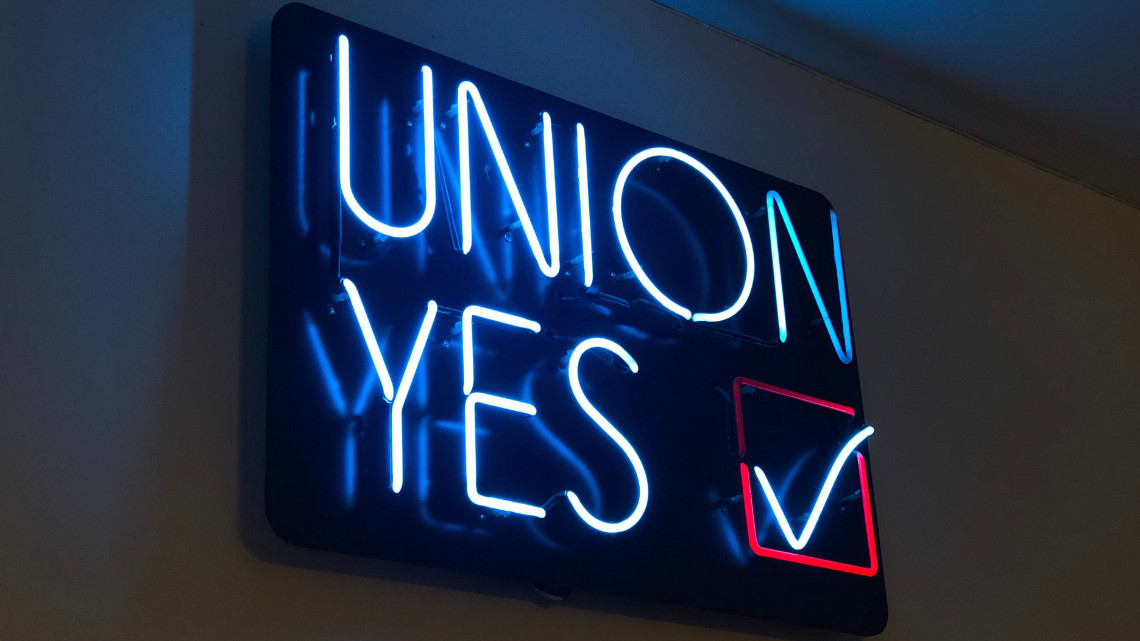
On December 26, 2023, representation case procedures changed under a rule published in August 2023 by the National Labor Relations Board (“NLRB”). Essentially, the rule is reimplementing the 2014 Obama era “Quickie Election” rules.
Since the 2023 Rule restores provisions of the 2014 Rule, the General Counsel indicated that the guidance memorandum published with respect to that rule in 2015 will provide “valuable guidance relevant to the 2023 Election Rule.” Overall, she stated, the 2023 Election Rule will “meaningfully reduce the time from petition filing to election.”
In other words, employers facing organizing petitions will have a shorter time period to respond in opposition to a union campaign. Further, it also eliminates pre-election litigation concerning disputes over as to who can or cannot participate in the election (i.e. who should be included in the bargaining unit) upending the traditional but (to the unions) time-consuming pre-election hearing and regional director’s deliberation and issuance of an opinion as to these matters. Previously, it could take weeks or months to identify who can vote or not.
In a guidance memorandum published last week, NLRB General Counsel Jennifer Abruzzo detailed the differences between the old rules and the new 2023 Election Rule:


In each case, the time period for employers to respond or take other actions is reduced dramatically.
Couple that with the Cemex case, which authorizes card check recognition of union elections are to go fast and furious according to the new approach by the NLRB. In the Cemex case, the NLRB held that when a union requests recognition based solely on majority support by way of union card sign-off, the employer is now forced to request an election within a short period of time. The new standard is as follows:
“An employer violates Section 8(a)(5) and (1) by refusing to recognize, upon request, a union that has been designated as Section 9(a) representative by the majority of employees in an appropriate unit unless the employer promptly files a petition pursuant to Section 9(c)(1)(B) of the Act (an RM petition) to test the union’s majority status or the appropriateness of the unit, assuming that the union has not already filed a petition pursuant to Section 9(c)(1)(A).”
The Board defined “promptly” as within two weeks of the union’s demand for recognition.
Employers need to be vigilant. With the “successes” of the UAW in the recent negotiations, which in part are questionable wins, employees will likely see the raises and other benefits as something that they want too, and if the employer fails to respond appropriately, the UAW will help them, without thinking that part of the “raise” will likely pay the salaries of the union administration among other things. Therefore, union organizing will greatly increase. ASE recommends that employers consider union avoidance training for managers and supervisors and to develop a strategy to respond to organizing long before any unions come to the door.
Source: Proskauer 12/11/23
By Anthony Kaylin, courtesy of SBAM-approved partner, ASE.
Click here for more News & Resources.